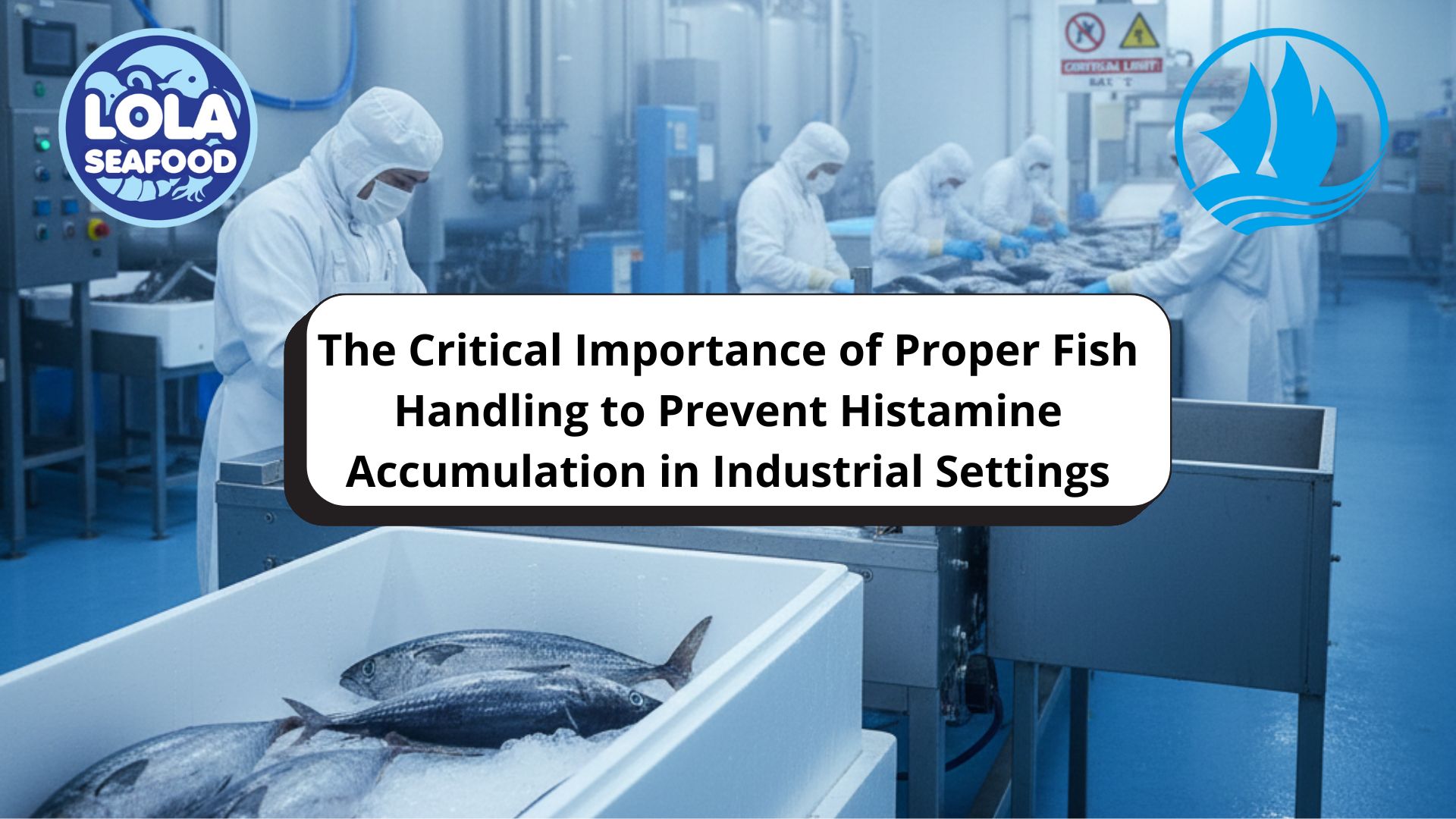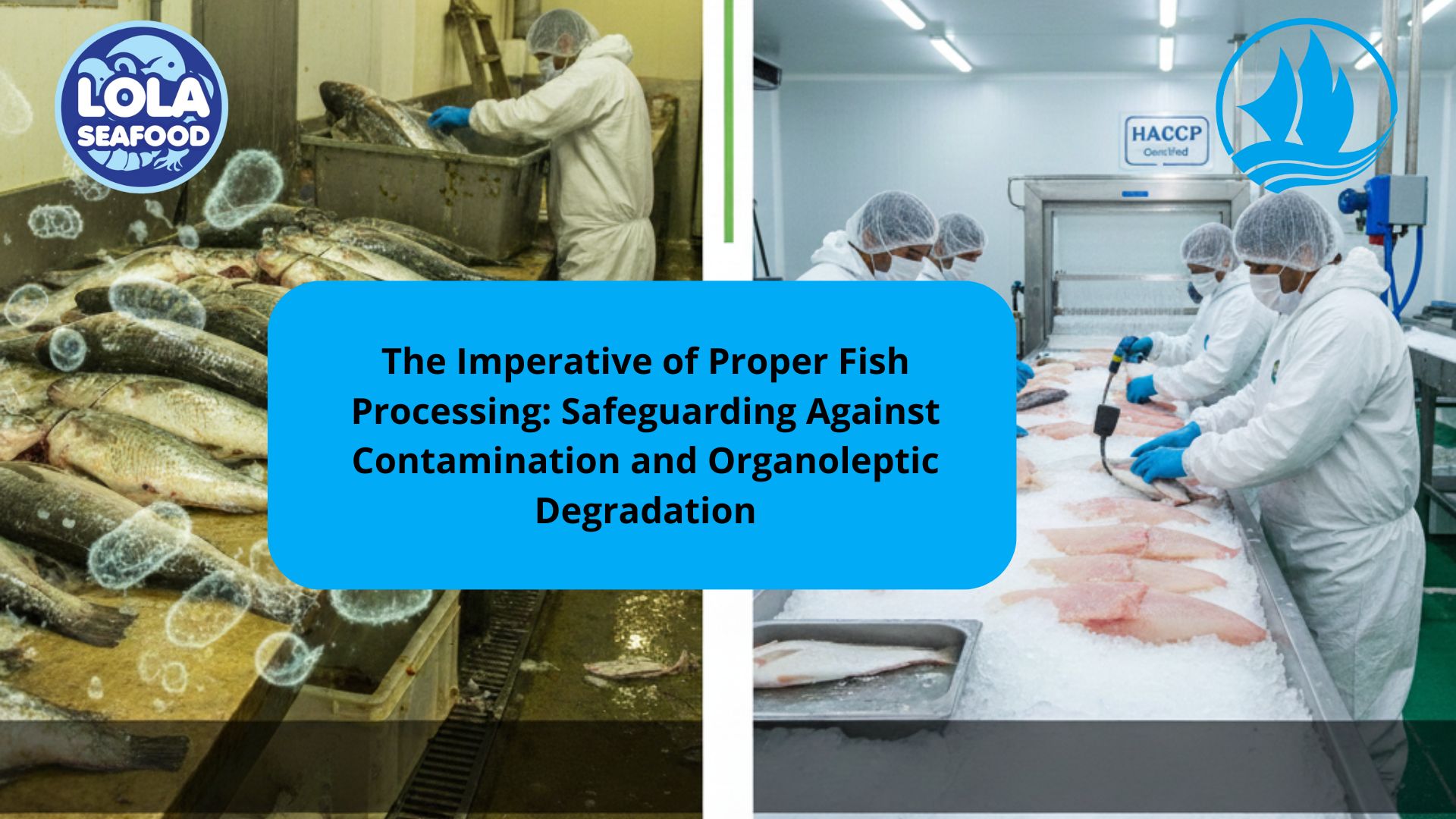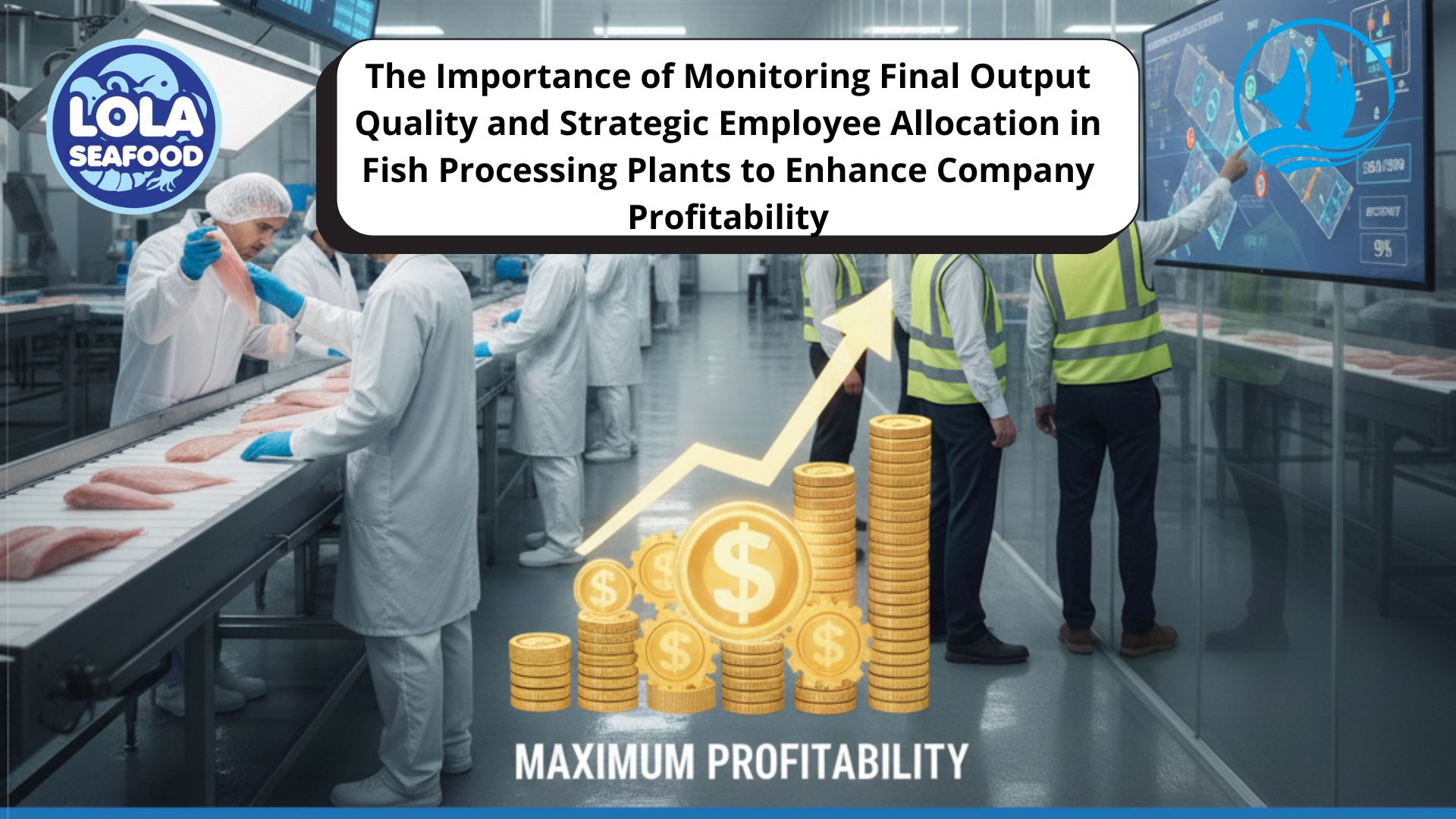Risk Management in Fish Logistics: Weather, Delays, and Market Fluctuations
By. Nugroho Luhur - 30 Sep 2025
Kelolalaut.com The global fish processing industry relies heavily on logistics to move products efficiently from production sites to domestic and international markets. Unlike many other goods, fish and seafood are highly perishable commodities, making logistics a critical part of maintaining product quality, safety, and value. However, fish logistics is not without risks. Weather disruptions, transport delays, and market fluctuations are among the most common challenges that threaten supply chain efficiency. To remain competitive, companies must adopt effective risk management strategies that address these uncertainties.
Weather Risks in Fish Logistics
Weather is one of the most unpredictable and uncontrollable risk factors in fish logistics. Storms, heavy rainfall, flooding, and even seasonal temperature variations can severely disrupt supply chains.
- Fishing operations may be suspended during storms, reducing the availability of raw materials for processing plants.
- Cold chain systems are highly sensitive to power outages during extreme weather events, which may compromise product quality.
- Transport routes such as sea and air cargo are vulnerable to delays or cancellations caused by adverse conditions.
Risk management strategies for weather-related challenges often include:
- Building redundant cold storage facilities to preserve products during unexpected delays.
- Diversifying sourcing areas to reduce reliance on a single fishing zone.
- Using real-time weather forecasting systems integrated with logistics planning.
By adopting these measures, companies can minimize the impact of weather disruptions and maintain product integrity.
Delays in Transportation
Transportation delays represent another major risk in fish logistics. Since processed fish products must be delivered within strict timeframes to maintain freshness, even minor disruptions can lead to spoilage or loss of market value.
Common causes of delays include:
- Port congestion, which can extend container handling times.
- Customs inspections, especially in regions with strict import regulations.
- Mechanical breakdowns of refrigerated trucks or shipping vessels.
To manage these risks, logistics operators often implement:
- Buffer times in scheduling to account for possible delays.
- Alternative routes or transport modes, such as switching from sea to air freight for urgent shipments.
- Preventive maintenance programs for vehicles and cold storage equipment.
By planning ahead, companies can reduce the financial losses associated with delivery failures.
Market Fluctuations and Demand Risks
Unlike weather and transport, market fluctuations are driven by economic and consumer factors. Fish prices are highly sensitive to supply-demand imbalances, global trade dynamics, and even currency exchange rates.
For example:
- A sudden drop in consumer demand in one market, such as during economic recessions, can leave exporters with unsold inventory.
- Seasonal demand peaks, such as during holiday periods, may cause price volatility and require precise inventory planning.
- Exchange rate fluctuations can significantly alter profit margins, especially for exporters selling to the US, EU, or Japan.
Risk management strategies here include:
- Using financial hedging tools to stabilize currency exchange risks.
- Establishing diverse export markets to spread demand risk across different regions.
- Implementing data-driven forecasting models to predict demand patterns and adjust production levels accordingly.
The Role of Technology in Risk Mitigation
Technology plays an increasingly important role in reducing risks in fish logistics.
- IoT-based sensors allow companies to monitor temperature and humidity in real time, ensuring the cold chain is never broken.
- Blockchain-based traceability systems enhance transparency, reducing delays during customs inspections by providing verified data.
- Artificial intelligence (AI) can forecast demand and optimize logistics routes, reducing exposure to delays and market volatility.
These tools not only mitigate risks but also improve overall supply chain efficiency and customer trust.
Building a Resilient Logistics System
Ultimately, effective risk management in fish logistics is about building resilience. This means preparing for unexpected events, creating flexible supply chains, and ensuring that companies can continue to operate even under challenging conditions.
Key steps include:
- Risk Assessment – Regularly identifying and evaluating potential threats.
- Contingency Planning – Developing backup plans for weather disruptions, port delays, or sudden demand shifts.
- Collaboration – Working closely with shipping companies, regulators, and suppliers to share information and resources.
- Sustainability Practices – Integrating eco-friendly logistics solutions, which not only reduce environmental risks but also meet the growing demands of global buyers.
Fish logistics faces a unique set of risks due to the perishable nature of seafood and the complexity of global supply chains. Weather, delays, and market fluctuations all present significant challenges that can threaten product quality, safety, and profitability.
Through proactive risk management strategies—such as investing in technology, diversifying markets, and maintaining flexible supply chains—companies can reduce their vulnerability and maintain a competitive edge in the global fish trade. In the end, resilience and adaptability will determine which players succeed in navigating the uncertain waters of fish logistics.
If youre interested in our Itoyori / Golden Threadfin Fillet Butterfly please do not hesitate to contact us through email and/or Whatsapp

The Critical Importance of Proper Fish Handling to Prevent Histamine Accumulation in Industrial Settings

The Imperative of Proper Fish Processing: Safeguarding Against Contamination and Organoleptic Degradation






.jpg)